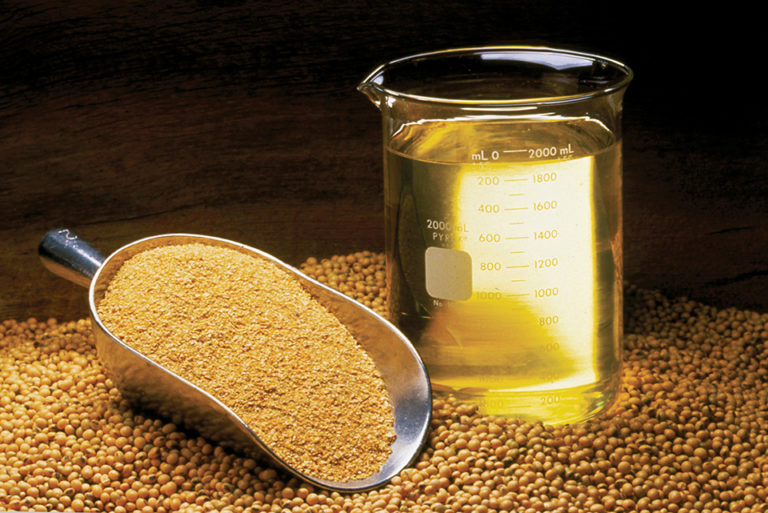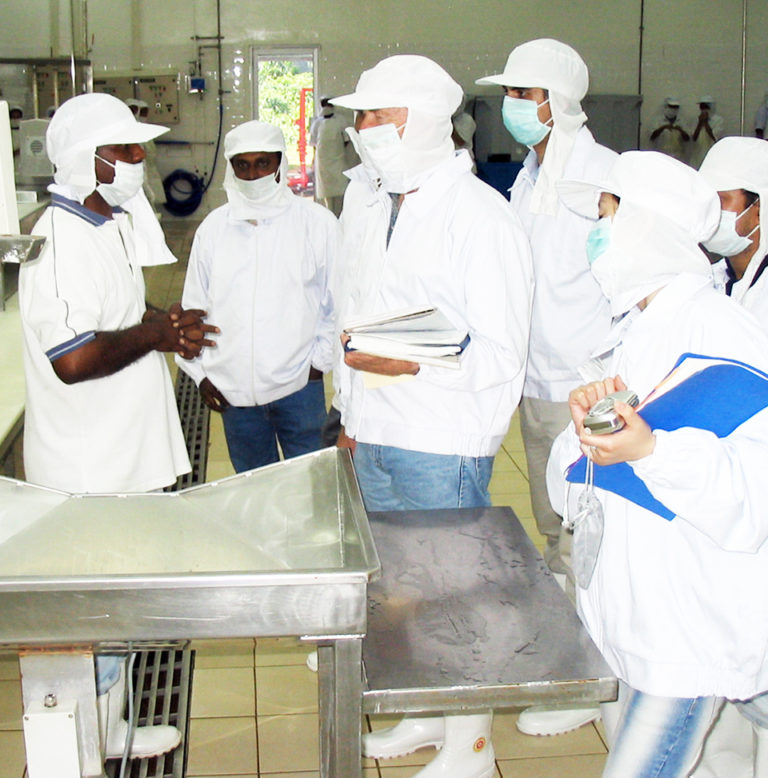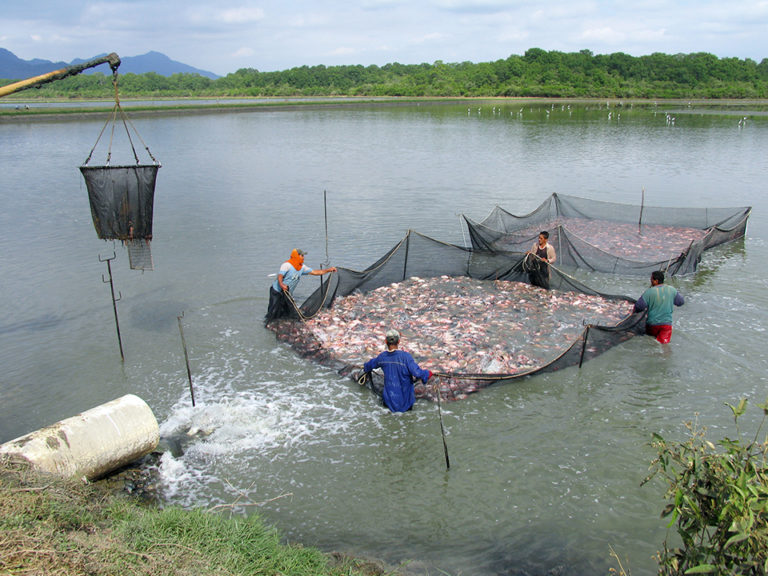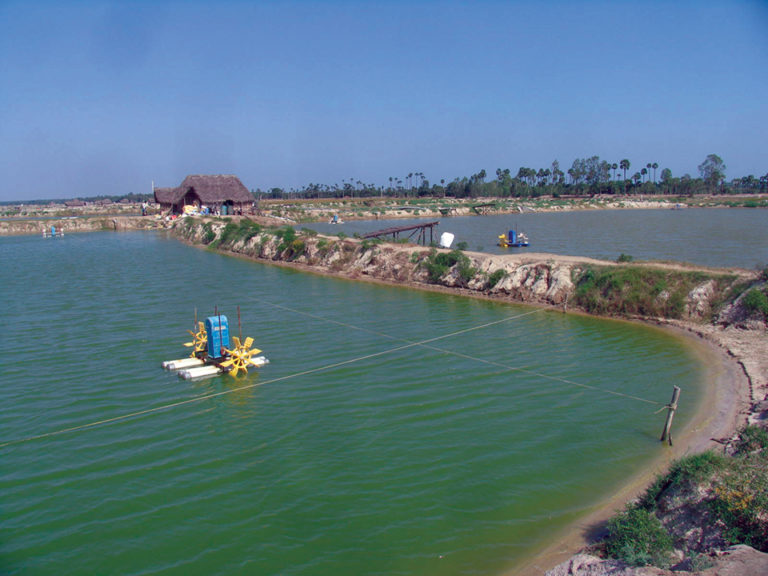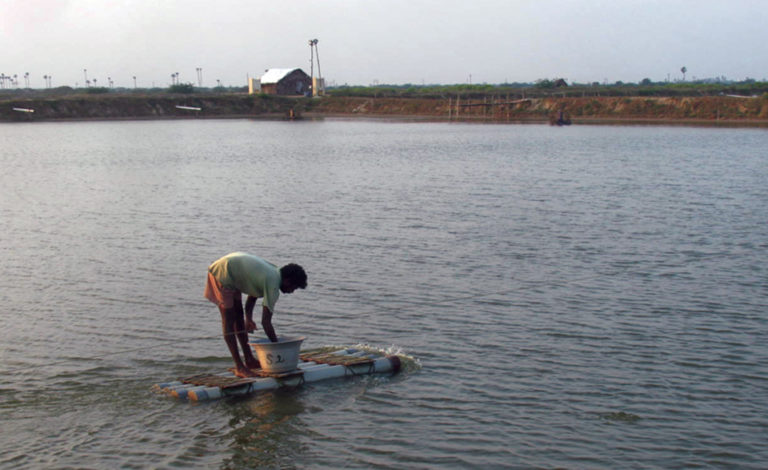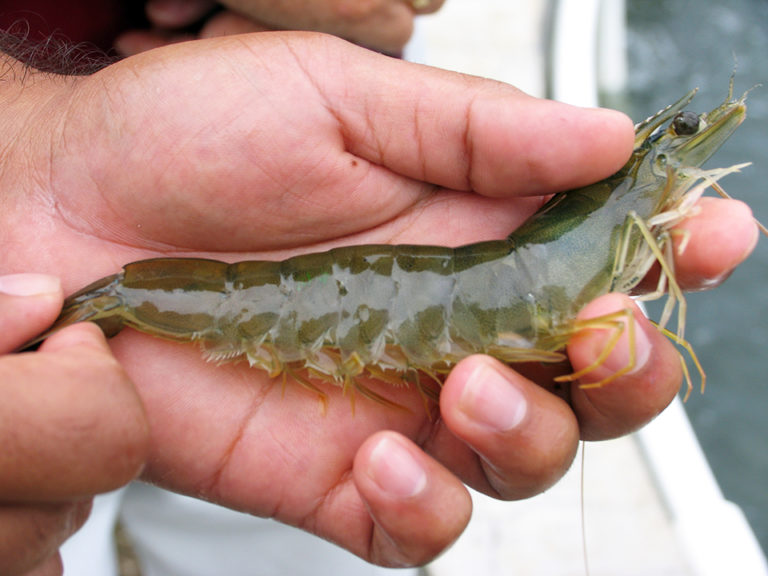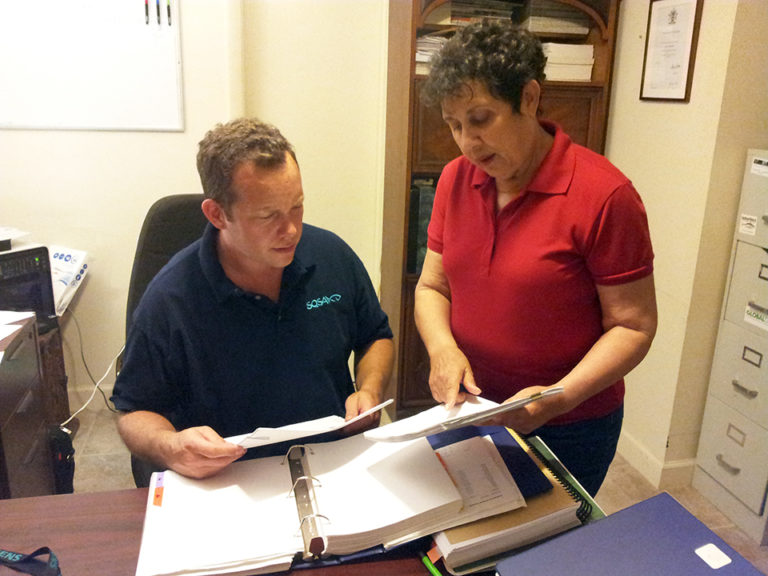
Responsibility
Preparation, management techniques for certification audits
One of the most important ways to prepare for certification audits is through staff meetings that review job descriptions and management practices, as well as employee behavior, such as hygiene and record keeping. Internal auditing is also key to a positive outcome for audits.

